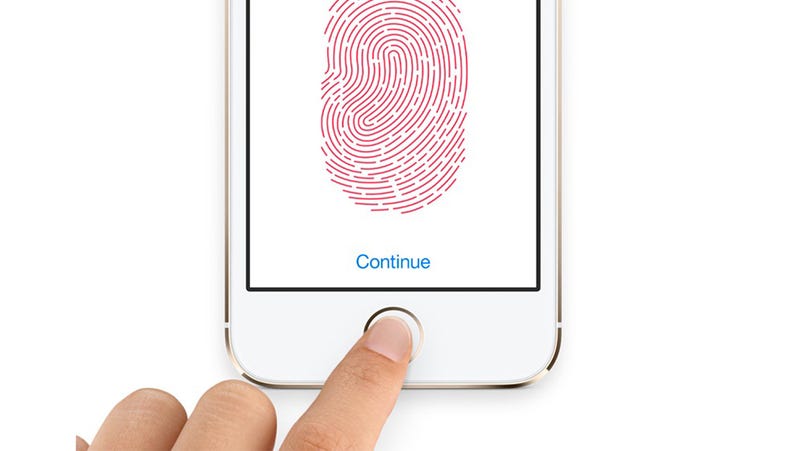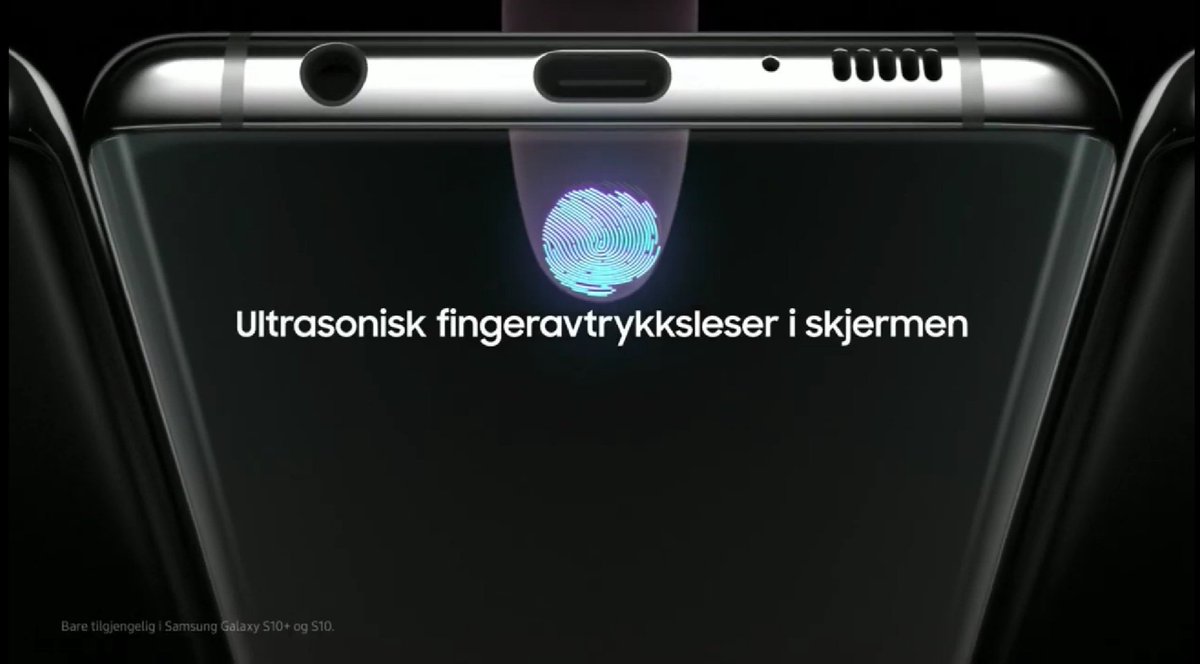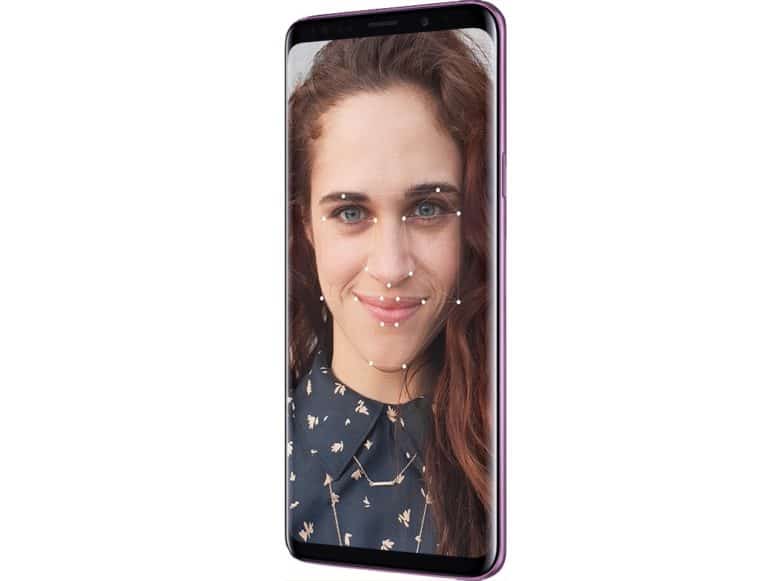
“Unlocking your phone is as easy as looking at it”
Gone are the days when we had to unlock our phones solely using Passwords and Patterns. With innovations and cutting-edge technologies, Biometric Authentication has proven to be more secure and less time-consuming and thus has replaced passwords. Biometrics are reliable, convenient, easy-to-use and fast that make them powerful for authentication. Tasks such as unlocking your phone, making mobile payments, auto-fill passwords use biometrics as apart from being secure, they are hassle-free and more user-friendly.
Apple introduced Touch ID on the iPhone 5s in 2013 that set the gold standard in consumer biometric protection and it started a wave that led other smartphone manufacturers to introduce the same. Hence, every phone since then started incorporating the capacitive fingerprint sensor either in the front bezel or at the back bezel. Its 2019 and we have had revolutions in Biometrics in smartphones including Apple’s Face ID on the iPhone X that uses a unique way to map a 3D structure of your face, Samsung’s Iris Scanner introduced on the Galaxy S8 series that unlocks your smartphone using Iris patterns, Vivo brought the in-display optical fingerprint sensor on the X20 Plus UD that hides the fingerprint sensor beneath the display to eliminate the bezels and uses optics to map your fingerprint. Samsung is set to introduce an all new Ultrasonic in-display fingerprint sensor on the Galaxy S10 series this year that will redefine fingerprint sensors.

The capacitive fingerprint sensor introduced on the iPhone 5s is one of the most common types of fingerprint sensors found in smartphones including the Galaxy S9, Pixel 3 XL, OnePlus 6 and many more. This type of a fingerprint sensor uses Capacitors to collect data of your fingerprint. The portion of the finger in contact and the air gap between the ridges will collect different data respectively and store them on your phone and it is then matched with the one used during unlocking the phone. The main drawback is that wet or dirty fingers are not recognised at times.

Optical fingerprint scanner as the name suggests uses optics and imaging to grab a picture of your fingerprint and then it is analysed to store patterns and marks in that captured image. The main flaw of these sensors are that they are less secure and work a bit slower than the capacitive and the ultrasonic ones. To design a bezel-less smartphone, fingerprint sensors are a hindrance and hence companies are adopting optical in-display scanner to achieve that design. OnePlus 6T, Vivo NEX and Huawei Mate 20 Pro are a few phones that use optical in-display fingerprint scanners.

Ultrasonic fingerprint sensors use the most advanced technology and create a 3D map of your fingerprint as it uses ultrasonic waves to scan your fingerprint and the data is collected using the waves reflected back from the ridges and gaps. This is one of the most secure forms of fingerprint scanning in the consumer market as it uses 3D mapping to create a highly detailed reproduction of your fingerprint. Samsung will be the first company to get over-the-counter Ultrasonic in-display fingerprint sensors to a large part of consumers with the Galaxy S10 series.

Facial recognition on most android phones requires no touch, no gesture just a glance at your smartphone to recognise you using your face. It relies on the phones’ front facing cameras and 2D facial recognition algorithms to create an image of your face and identify its features and data points. The worst part is that it is easy to fool a 2D facial recognition system using just a photograph of the person and hence it is not at all secure but it just speeds up authentication and requires no extra effort during unlocking. 2D facial recognition systems are not approved for mobile payments and more secure tasks just because of their low level of security. One major drawback of facial recognition in phones is that it does not work in low light hence it becomes completely useless at night time.

Apple’s Face ID, introduced on the iPhone X in 2017, revolutionises the way facial recognition works. It uses a complex setup housed in iPhone X’s notch that comprises an infrared camera, flood illuminator and a dot projector which Apple calls the “TrueDepth camera system”. Here’s how it works: The flood illuminator lights up the face by using Infrared light that is invisible to the naked eye that is followed by the projection of 30,000 dots onto the face by the dot projector to create a 3D map of the face. The infrared camera then scans the 3D dot projection on the face to create and store the model on your phone itself. It is then scanned with the one during unlocking. Because infrared light is being used in this method, Face ID can recognise your face even in the dark, yes, even in a completely dark room. It is secure enough to be used in payments and purchases unlink 2D facial recognition. Apple also says that Face ID along with Machine Learning leans and adapts to your face with the course of time.

Samsung’s Iris Scanning introduced with the Galaxy S8 uses an Infrared camera to recognise unique characteristics, patterns and shape of your irises and stores them in a digital format. Iris scanning is a secure form of biometric authentication and is used by Samsung for Screen unlock and payments. The phone needs to be in a proper orientation for it to work.
Biometrics have already brought a revolution in the way we use our smartphones. They are constantly improving and spreading widely across the globe. In future, it will be exciting to see these biometric readers making their way into cars, ATMs, airports, banks and many more areas to make the process of unlocking and authentication hassle-free and convenient along with high level of security.
